Art World
Out of Office: Why Top Galleries Are Opening Luxurious Spaces Far Off the Beaten Track
One gallery even has a location in Havana, Cuba.
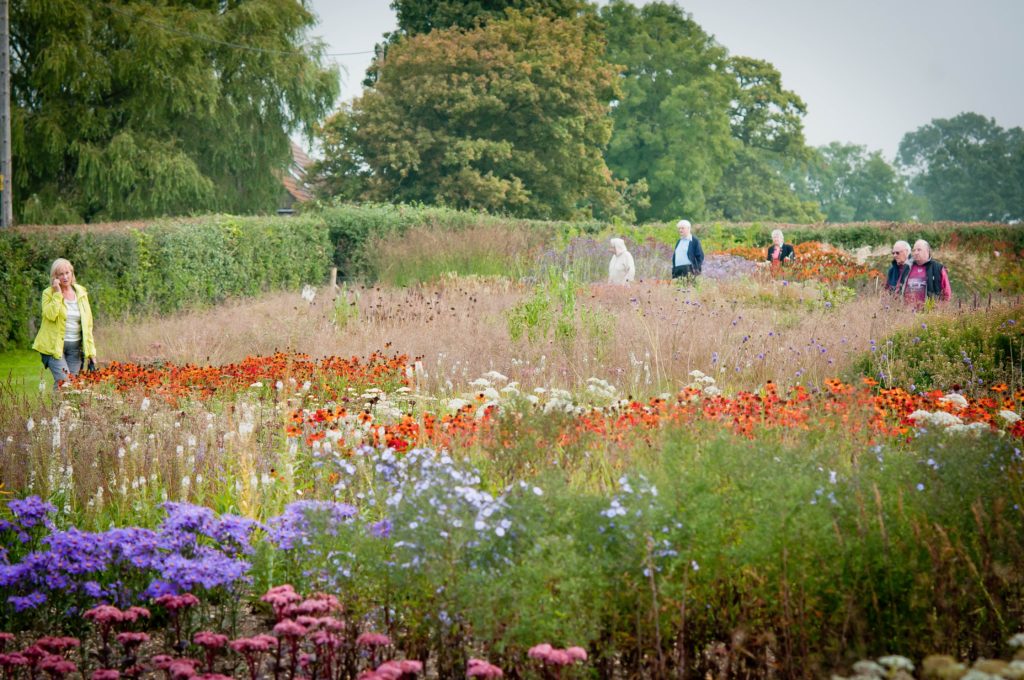
One gallery even has a location in Havana, Cuba.

Lorena Muñoz-Alonso

Art Basel is wrapped up, the Venice Biennale still beckons, and hordes of collectors are leaning on priority check-in desks at airports around the world, which can only mean one thing: it’s peak summer season in the hyper-mobile art world.
A plethora of option await these collectors-on-the-go and their tightly packed Rimowas, as a growing number of galleries open up shop outside city centers and begin to offer completely different art-viewing experiences, ones full of sun, fresh air, exquisite local cuisine, and the chance to buy art at a much more leisurely pace.
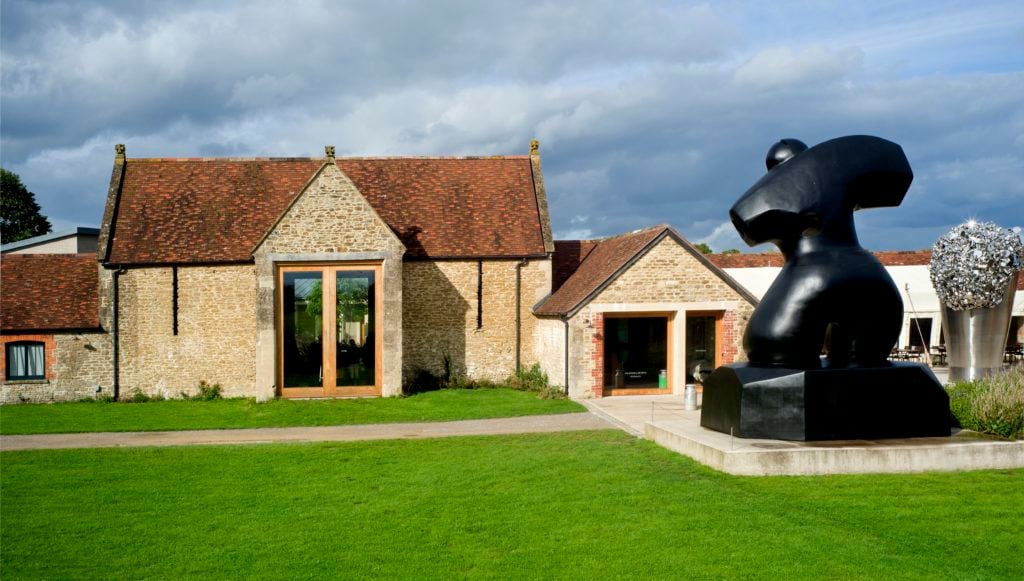
Hauser & Wirth Somerset. Photo: David Bebber. Courtesy of Hauser & Wirth.
Hauser & Wirth, which has locations in London, New York, Hong Kong, Zurich, and Los Angeles, is a prime example of this trend. The gallery already runs a space in the moneyed town of St. Moritz (the same luxury resort where Iwan Wirth organized his very first exhibition in 1987), and now it’s expanding again.
This month, the gallery announced its latest venture: an art center off the coast of Spain on the small island of Menorca, where it will open an exhibition hall, public garden, restaurant, and space for educational programming. Slated to open in 2020, the gallery anticipates that the total investment of the project will be in the region of 4 million euros.
The project is not dissimilar from the gallery’s rural Somerset location in the idyllic southwest of England. In 2014, Hauser & Wirth overtook a farm and opened five exhibition spaces, a bookshop, restaurant, farm shop, and a meadow designed by Piet Oudolf. The gallery declined to cite any of the costs of running the space, but said the location had presented more than 1,200 events and had been visited by more than 20,000 students from more than 570 institutions.
“Back [when it opened], Somerset seemed like an unexpected destination for contemporary art,” Marc Payot, gallery partner and vice-president told artnet News. “But we have since welcomed over 630,000 visitors.”
“It is not only the response from collectors and curators to our gallery spaces that encourages us,” Payot adds. “Our artists and artists’ estates are the most important members of our family, and they come first, always. It is their overwhelmingly positive response to these locations that informs our decision-making, based on taking a long-term view.”
“[Somerset] is the polar opposite of India, where I live,” says Bharti Kher, a Hauser artist. “I really enjoyed the solitude of being in the countryside. There are a lot of nice people living there and locals seem very engaged with the artists in residency.” Similarly, Argentine artist Guillermo Kuitca says his stay “opened up a new way” of thinking about his paintings.
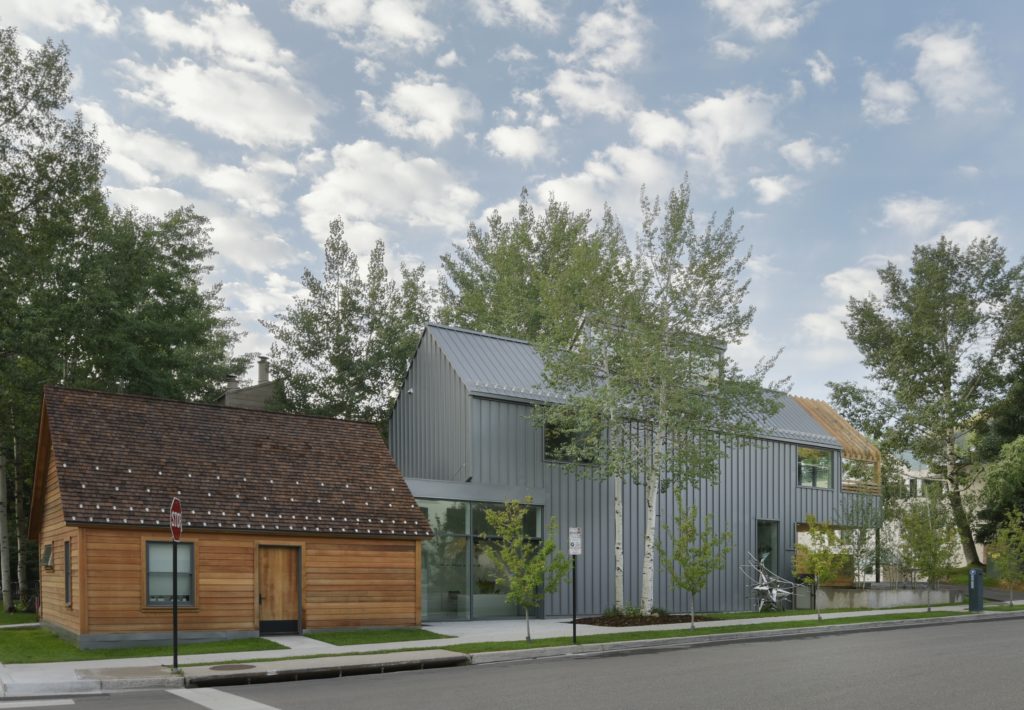
Marianne Boesky’s Aspen Gallery. Courtesy Marianne Boesky Gallery, NY, Aspen. Photo: Tony Prikryl.
Marianne Boesky also branched out to an alpine resort in 2017, complementing her Chelsea gallery with a space in the highly affluent town of Aspen, Colorado.
“My experiences in the extreme landscapes of Aspen, where I’ve spent time since I was young, have fueled my belief that environment and context matter to the experience of art,” Boesky tells artnet News. That context is essential to her. In 2017, she organized a show called “Tonic of Wildness,” which included works by Pier Paolo Calzolari, Donald Moffett, and Günther Uecker, that she says would have not worked as well elsewhere.
“That’s the kind of show that is really suited to Aspen, in terms of an emotional and psychological resonance with the environment,” she says. “I’m not sure that we would have done that show in New York.”
Moreover, Boesky uses her Aspen gallery to show artists outside of her gallery’s program—which is also a goal of dealer Maureen Paley‘s gallery, Morena di Luna, in the sleepy seaside town of Hove in the southeast of England. The elegant space, opened in 2017 in a Regency-era building, is a stark counterpoint to her gallery in the thriving industrial area of Bethnal Green in East London.
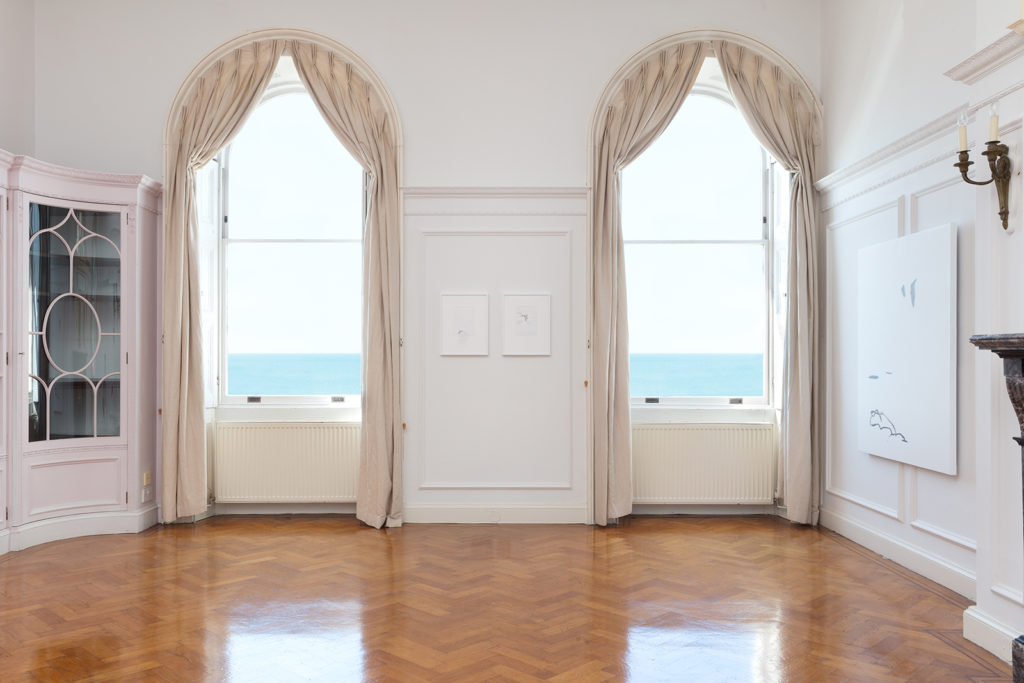
Michael Krebber at Morena di Luna, Hove. Courtesy of Maureen Paley.
Back in 2013, Madrid’s Parra & Romero also saw the benefits of opening a second space in an unexpected yet seductive location. In this case, it was on the island of Ibiza, where the gallery’s director, Guillermo Romero Parra, has spent many summers. The venue—a massive warehouse of impossibly tall ceilings in a sparsely populated area—is a world away from the gallery’s much more traditional white cube space in Madrid.
“The Ibiza space is so big that it gives us the opportunity to present very different shows and works to those we have in Madrid,” Romero Parra told artnet News. “We tend to prioritize monumental and site-specific projects that our artists create with the space in mind.”
It helps that Ibiza is a recurrent destination for collectors and art professionals including Ingvild Goetz, owner of the Sammlung Goetz collection, and the Ibiza-born curator Bartomeu Marí, who is the head of the MALI museum in Lima and was previously the director of Barcelona’s MACBA and Seoul’s MMCA.
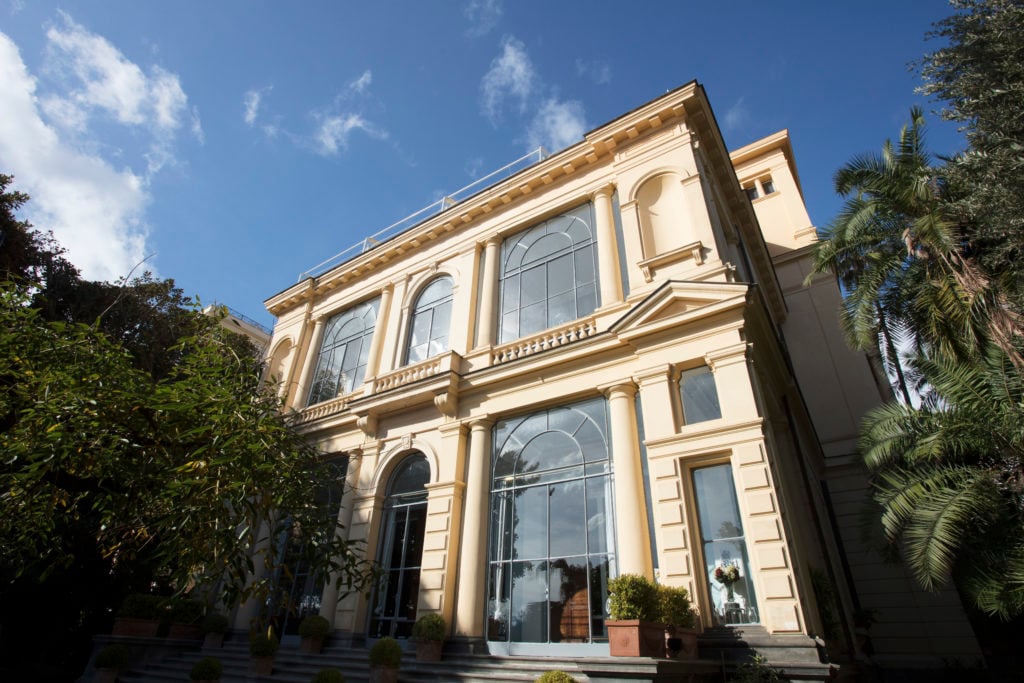
Thomas Dane Gallery Napoli, courtesy of Thomas Dane Gallery.
Similarly, the London-based gallerist Thomas Dane opened a space in Naples last year with an inaugural group show featuring works by Steve McQueen, Catherine Opie, and Kelley Walker, among others. While the city boasts a thriving contemporary art scene, led by the local galleries Lia Rumma, Fonti, and Alfonso Artiaco, as well as the excellent MADRE museum, Dane is the first British dealer to set up shop on its sunny shores.
“We were trying to find a way to evolve in our own way. We didn’t want to follow the norm of opening in another main commercial center like New York or Hong Kong,” Dane tells artnet News. “Naples was about finding a place which artists would engage with, both in terms of the city and the space itself.” Dane stressed that the decision wasn’t motivated by seeking to tap a group of collectors or local markets, but noted that a number of international collectors and advisors traveled to Naples for exhibitions.
Dane also admitted that the launch of the space had come at a significant cost because he needed to refurbish a historical space. But he says the costs of running the Naples gallery are not comparable to the costs of his London space.
The idea of establishing dialogues with local communities is a guiding principle of Galleria Continua, whose penchant for unusual locations hasn’t stopped it from representing heavy-weight artists such as Ai Weiwei, Etel Adnan, Daniel Buren, Cai Guo-Qiang, Anish Kapoor, and Kiki Smith. Except for Beijing, which is slowly growing into an art-market hub, the rest of the gallery’s locations are in remote spots such as San Gimignano, a small Italian town in the hills of Tuscany, and Les Moulins, a countryside haven an hour’s drive from Paris. The gallery even has a location in a completely unconventional city, as far as the market is concerned: Havana, Cuba.
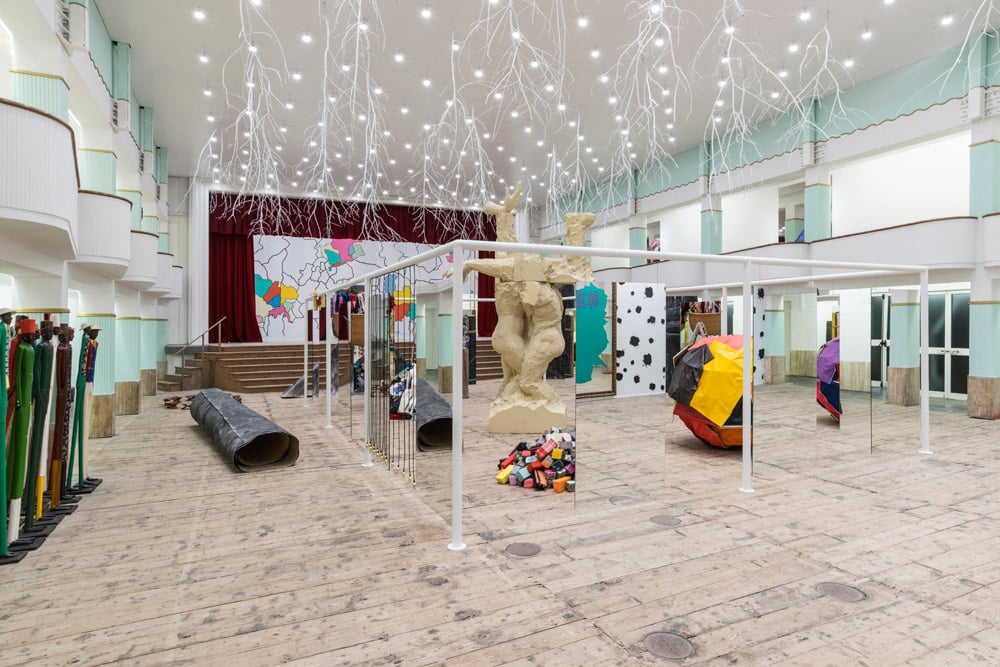
Installation view of Michelangelo Pisteletto and Pascale Marthine Tayou. Courtesy of Gallery Continua.
“We have always believed that good art has the ability to attract people no matter where it is,” Mario Cristinei, one of the founders of Galleria Continua, told artnet News. “It’s very important for us foster a dialogue between artists, the international art world, and local communities.”
One idea kept surfacing when speaking to all these dealers: that community engagement and experimentation are not incompatible with profits.
“We seek to reconcile all these aspects,” Romero Parra explained of his Ibiza space. “This has a lot of commercial potential.”